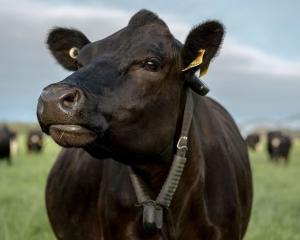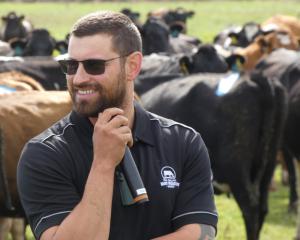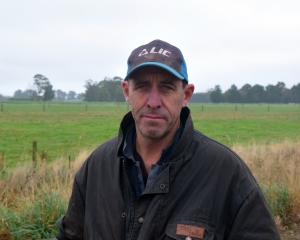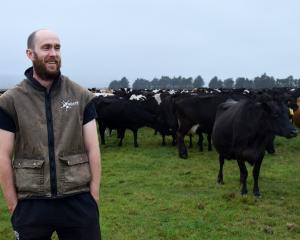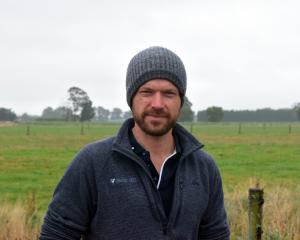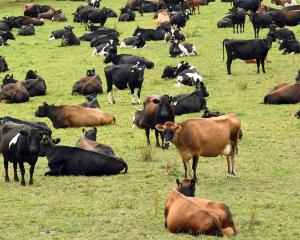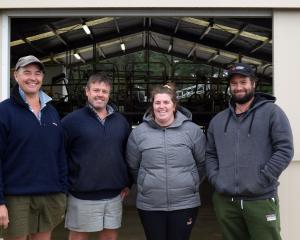Richard Davison talks to community members who took up their tools to save the 106-year-old former Kelso Dairy Factory at the 11th hour, and delves into the history of the wider industry.
Despite dairy farming's reputation as a thoroughly modern phenomenon, it enjoys a long and distinguished history in the South.
A drive along Dunedin's Highcliff Rd reveals a sign declaring "New Zealand's first cheese factory", which, from 1877, made cheddar cheese from milk supplied by the nation's first dairy co-operative at Hereweka, now farmland near Sandymount on the Otago Peninsula.

New settler William Bowron delivered a series of lectures in 1881 which sang the praises of building dairy factories for the mass production of cheese, as "greatly advantageous to the economy of New Zealand".
By 1920, there were 600 such factories, some 85% owned by local co-operatives.
Described by present day descendant, West Otago farmer John Herbert, as a "go ahead, entrepreneurial guy", his great-great-uncle James Laidlaw Herbert was not a man to overlook a promising business opportunity.
Spying the potential for West Otago and his home town of Kelso to sustain productive and profitable dairy farming, James persuaded two further family members to split a capital investment of 2000 three ways, and establish a dairy factory.

Originally intended to be brick, James was persuaded instead of the durability and practicality of reinforced concrete, and the new enterprise rose from the fertile plain to open on August 9, 1913.
Although the factory was to endure operationally for 32 years, and remains standing to the present day, James himself was not so fortunate, and was one of many thousands felled during World War 1.
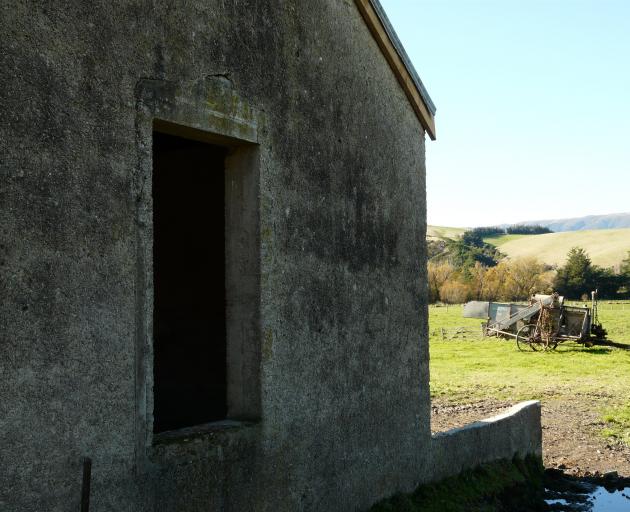
Starting with just 300 cows, its fortunes waxed and waned in line with the supply and demand of two world wars and the Great Depression - difficult years which were not without their high spots, however.
On October 19, 1933, the Otago Daily Times announced the factory had won the colonial section of the British Farmers' Dairy Show in London, taking the Hansen and Bledisloe Colonial and New Zealand cups in the process.
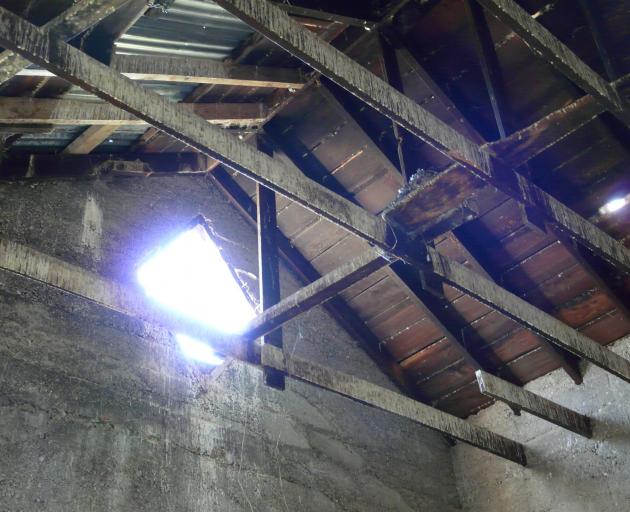
It enjoyed a later life of some decades as a converted woolshed, but its fortunes ultimately mirrored those of the entire township of Kelso, when the disastrous twin floods of 1978 and 1980 led to the town's permanent relocation.
That presaged a gradual decline in its less durable, non-concrete elements, which, paradoxically, may have led to its increasing popularity as a picturesque backdrop for chroniclers of a bygone age of rural industry, wedding photographers, and tourists.

At the time of discussions over its future, Mayor Bryan Cadogan declared the factory faced "demolition by inertia", and appealed for community members to "take up their paintbrushes and hammers".
Stalwart of the West Otago Vintage Club and Historical Society, Charlie Davis, did just that.
"When you see something worth preserving and in need of rescue, you don't like to say no," he said.
Approaching his 80th birthday, however, Mr Davis was in need of additional muscle.
"I put it out there, and before I knew it we had a dozen people put their hand up. That's just how small communities like this get on. Ask an old cockie if you want something done."

The initial results had exceeded expectations, Mr Davis said.
"We wanted to keep the animals out, do a bit of basic waterproofing, and some safety work to tie down anything loose. The plan is to have animals grazing around it still to keep the grass down and pretty it up, and to make the building secure so nobody does themselves a mischief."
Future work would add finishing touches, including battened doors and windows made by the Tapanui Blokes' Shed.
Mr Davis hoped the remedial work would keep the prominent historic landmark standing for another 100 years.
"The basic bones are pretty solid - it's 8-inch [20cm] concrete and you can see there's nothing really wrong with the structure. Keep the water and animals out, and she's good."

"You're not overly sentimental, but there's a bit of family talk about James from time to time. He was an interesting character - he was also instrumental in establishing the local A&P Society. You wonder what he and so many others might have achieved if they'd returned from war."
The factory served as a reminder that "everything changed", while changing little beneath it all, Mr Herbert said.
"Obviously, we've experienced another dairy boom in recent years, and you only need to look 30km away to McNab to see the modern-day version of the Kelso Factory in operation, at Mataura Valley Milk.
"As one of the last remaining structures in the former Kelso, this is a monument to our collective past. But that wheel of history just keeps on turning back again."



